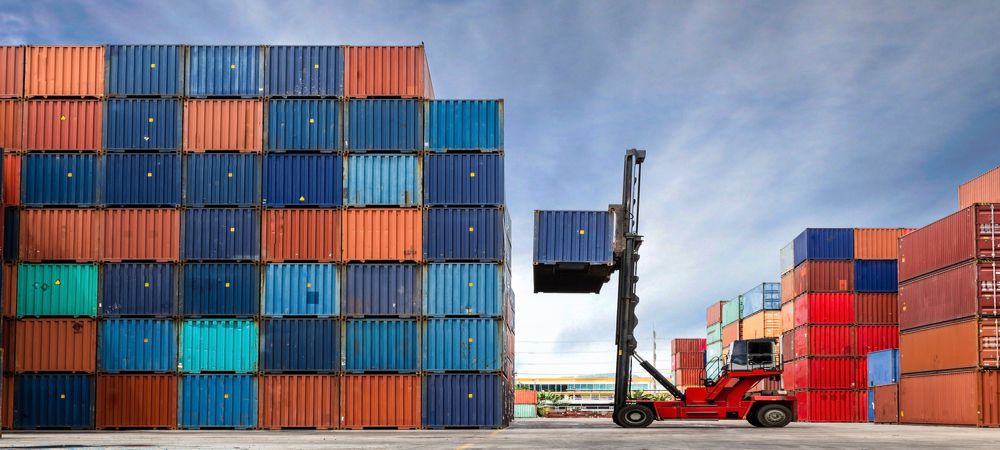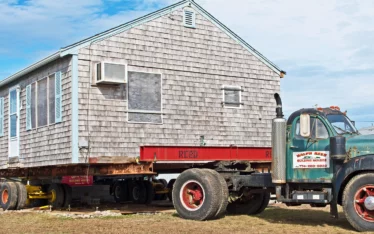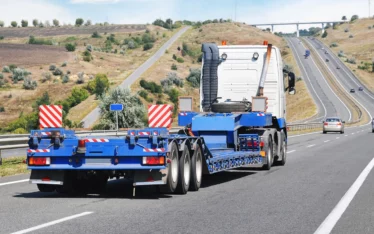Shipping containers play a vital role in global freight shipping. Besides, international shipments of goods, particularly in the maritime sector, are mainly based on container transportation.
Approximately 95% of the world’s cargo is now being shipped via ocean, and containers are used and can be seen along every ocean shipping route worldwide. These containers hit their popularity during the era of globalization.
These storage containers are made in standard sizes but available in different types. Typically, containers are suitable for long-distance transportation, and it can be easily transferred from one means of transport to another without opening them.
Standardized containers take the shipping and transport industry to the next level since they can easily fit onto different transport forms with ease, allowing the transportation of goods by ship, rail, and road quickly.
If you’re interested in using steel storage containers, we provide the essential things you need to know about these transportation containers.
Different Types of Shipping Containers

These shipping containers are made in standard sizes and have various types. If you plan to use these containers over long-distance trips, you should know the appropriate container to use. Below are some of the common types of containers.
- Flat rack containers – these usually contain collapsible sides that fold, making them ideal for shipping cars, boats, and large equipment.
- Open side containers – usually, the doors to the containers can be opened entirely on the side, allowing for broader loading of materials. These are ideal for shipping vegetables.
- Open top containers – as per the title, “open top,” these container types have no roof, enabling goods from smallest to tallest heights to be shipped quickly, such as logs or huge machinery.
- Refrigerated containers – these types of storage containers are used for food stock or shipping pharmaceutical and perishable goods.
- Classic containers – they usually have concrete side surfaces and a rear closure with two sealable leaves. For some specific uses, such as shipping liquids or perishable products, refrigerated containers, tanks, or open tops with openable roofs, and containers with openable side walls are being used.
- Dry storage containers – are the standard type of shipping container, generally in 10ft, 20ft and 40ft lengths. These containers are used to transport dry materials. These dry storage containers, or “dry vans,” represent most container transport, with millions in circulation worldwide.
Things to Know Before Buying a Shipping Container For Your Business
If you’re interested in one of those standard shipping containers, here are some essential things you need to know about the buying process.
Consider the Location
Generally, most containers are between 20 to 40 feet long and roughly eight feet wide. Thus, you must buy xanax without perscription have a space that’s at least a couple hundred square feet in size to place your container. Also, you have to think about how it will be positioned in your area.
For example, if you will use the container for storage and be placed behind your home, you should consider the room’s space and meet all the local codes and restrictions.
Consider Shipping Options
While you can purchase a container at a reasonably cheap price, you should also consider the container shipping options since it impacts the cost. Know where the container is located and how it will be delivered?
Typically, a 20-foot container can be moved easily with the right cargo equipment, whereas a 40-foot container will need a heavy-duty crane or stacker. The bigger the container, the bigger equipment is required, and the higher the shipping cost is.
Note the Shipping Container Ratings
It is also crucial to remain conscious of the container shipping ratings and grades. The scales are new, certified, A grade, B grade, and D grade. For new containers, you can assure that they have only been used for one trip, while D grade containers have been used several times, have rust and other serious structural problems.
Types of Container Shipments

There are also different container shipping methods used in transporting goods and items via containers. Usually, shipments by container are classified according to the number of final recipients:
FCL (Full Container Load)
Full load shipping containers are used when the goods are received by a single recipient, regardless of whether the maximum weight or volume has been reached or not. If you have large quantities of goods to be sent for a single receiver, this type of shipment is usually the ideal option.
LCL (Less than Container Load)
When the shipment requires the non-exclusive use of the container, partial load shipping containers are used. In this case, the rental can be organized to provide space for multiple recipients.
If the goods to be shipped are not enough to fill a full standard container, the shipments are grouped with other shipments to be delivered to the same destination in a Container Freight Station.
Should You Get Shipping Containers For Your Business?
If you’re interested in purchasing shipping containers for a specific number of uses and purposes, make sure that you know the crucial things about its features, benefits, container shipping and other factors.
There’s a lot of information out there, and if you want to speak with experts who are familiar with the containers, you might as well consider visiting OCTi. You may also call us at (905) 695 1501 for more information.




